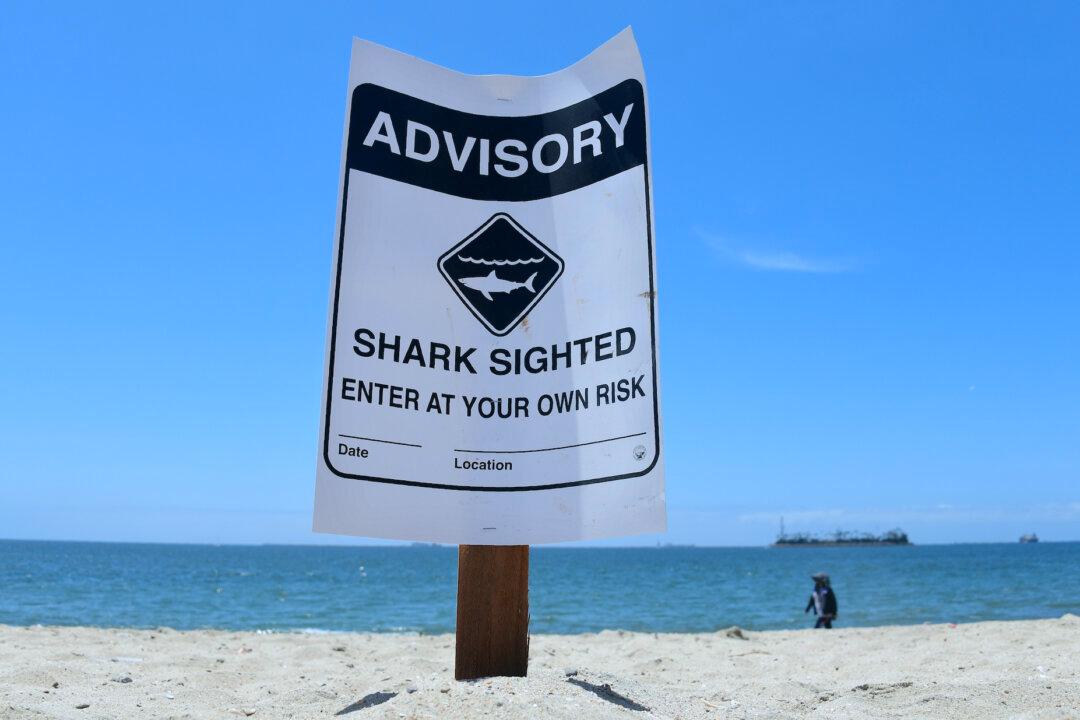After two years of drone surveillance, a new study published on June 2 by the California State University Long Beach Shark Lab shows some beaches in San Diego and Santa Barbara almost always have great white sharks swimming near people.
According to the study, those in Carpinteria, of Santa Barbara County, and San Diego County’s Del Mar had the most encounters, where 97 percent of the time people were in the ocean near juvenile great white sharks, with at least five spotted on multiple days surveyed.





